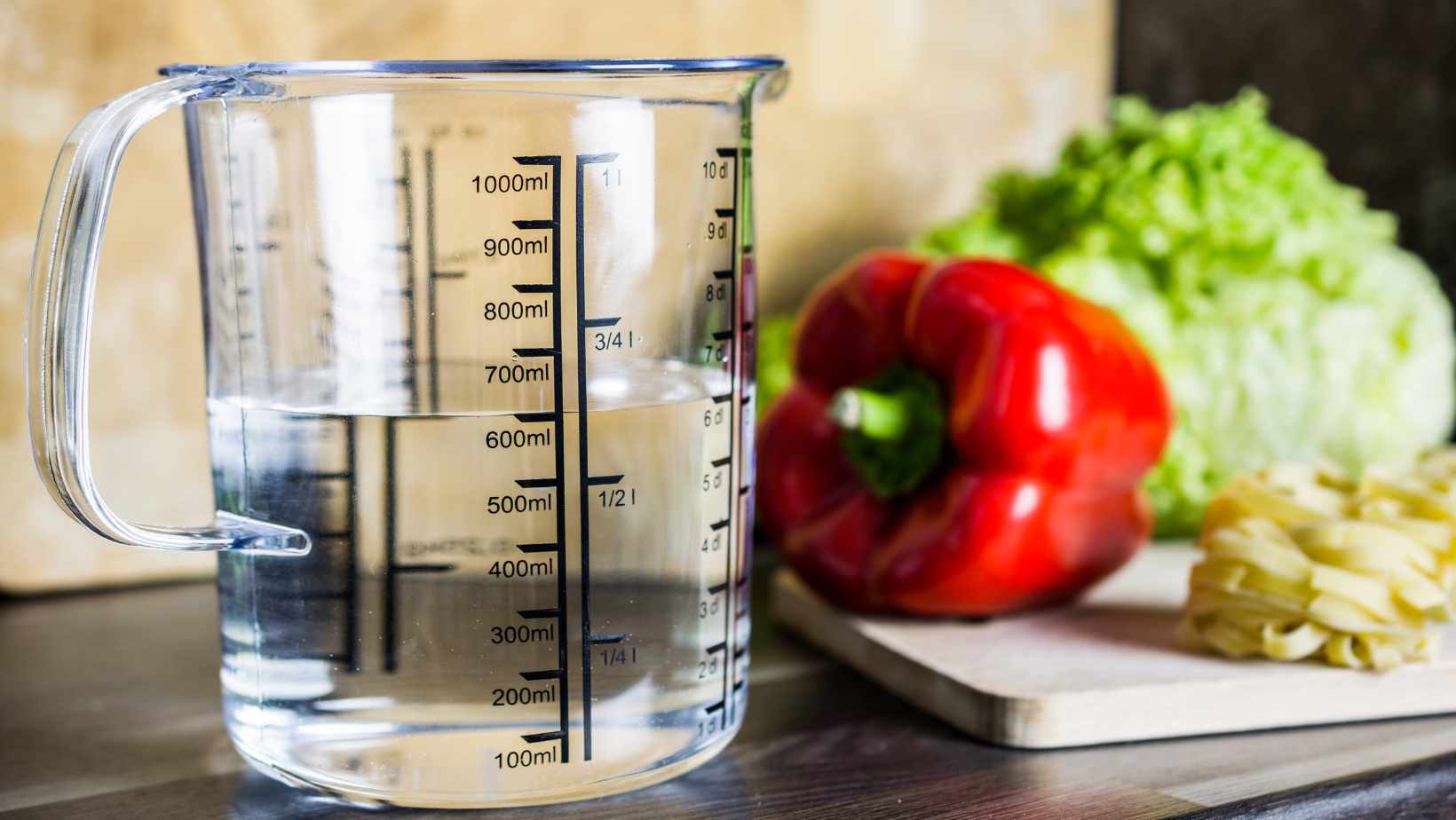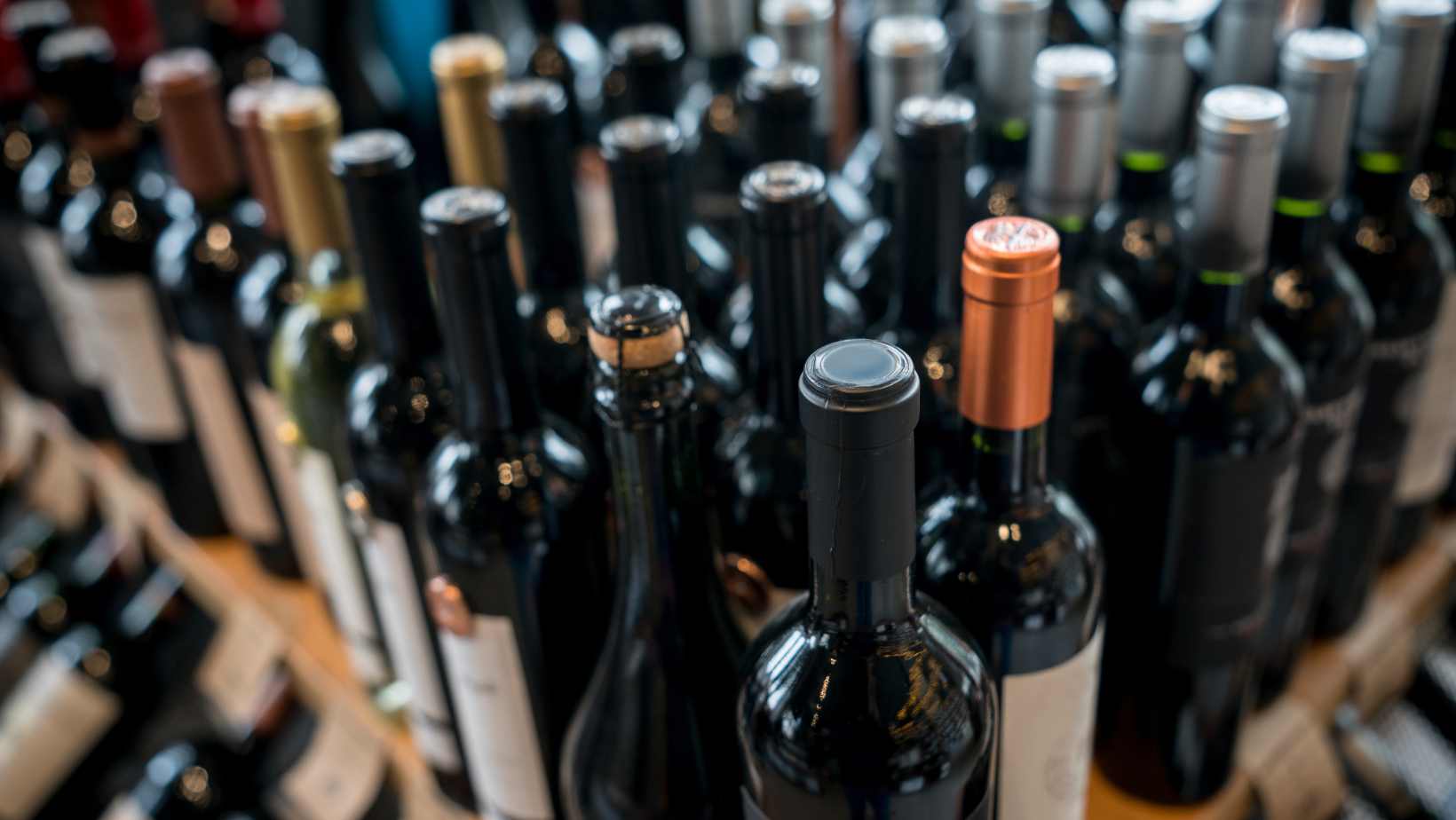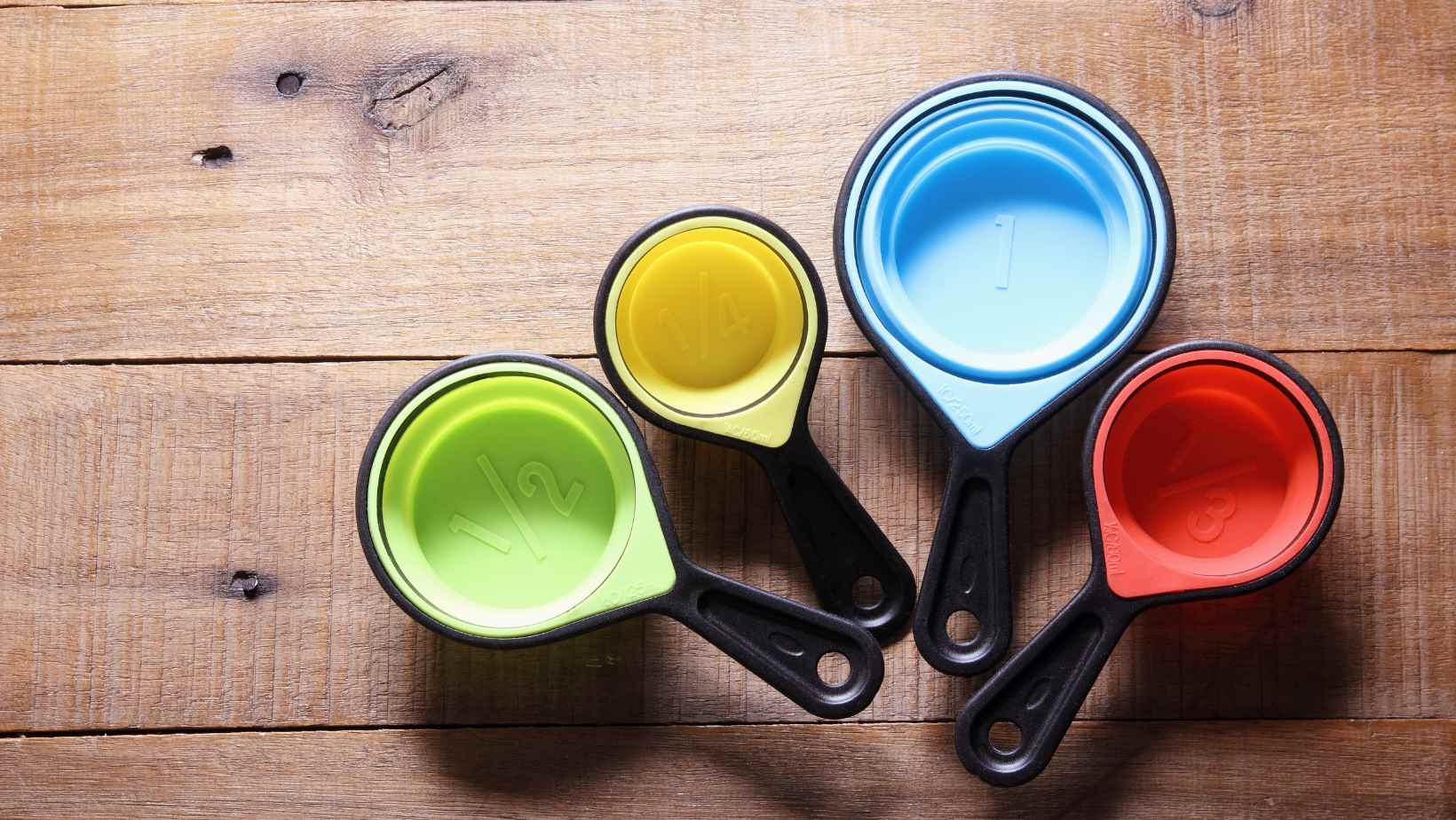Check How Many ML Are in a Glass of Wine

How Many ML Are in a Glass of Wine
Are you curious about how many milliliters are in a glass of wine? Well, let me break it down for you. A standard glass of wine typically contains around 150 to 175 milliliters (ml) of liquid. This measurement may vary slightly depending on the type and size of the glass used, but it serves as a good general guideline.
It’s worth noting that different countries have their own definitions of a standard pour for wine. In the United States, a standard serving is typically considered to be 5 ounces (approximately 147 ml). However, in some European countries, such as France and Italy, a standard pour can range from 100 to 125 ml.
So when you’re enjoying a glass of wine at home or at a restaurant, keep in mind that it usually contains around 150 to 175 ml of delicious goodness. Cheers!

The Standard Size of a Glass of Wine
When it comes to enjoying a glass of wine, the standard size can vary depending on where you are and what type of establishment you’re in. In most cases, however, a typical glass of wine is served in either 175 ml or 250 ml portions.
In some regions, such as Europe, it’s common to find smaller servings of wine, usually around 125 ml. This allows for more moderate consumption and gives individuals the option to sample different wines without committing to a full-size glass. On the other hand, in certain countries like the United States and Canada, larger pours ranging from 187 ml to even 300 ml can be found.
It’s worth noting that these measurements refer to the volume of liquid in the glass itself and not necessarily the total amount poured into it. When professionals serve wine, they often leave enough space at the top of the glass for people to swirl their drink and appreciate its aroma.
While these sizes are considered standard, keep in mind that some establishments may offer different options or specials that deviate from these norms. Additionally, fine dining restaurants might have specific wine programs with unique serving sizes tailored to enhance your dining experience.
Ultimately, whether you prefer a smaller pour for taste exploration or enjoy a generous serving for an evening out with friends, understanding the standard sizes will help you make informed choices when ordering your favorite vino.
So next time you raise your glass for a toast or unwind after a long day with a sip of your favorite red or white wine, remember that there’s no one-size-fits-all answer when it comes to how much is in your glass – but don’t worry too much about it! Cheers!
Understanding Milliliters (ml)
When it comes to measuring liquids, milliliters (ml) are a commonly used unit of measurement. Understanding milliliters is important, especially when it comes to pouring a glass of wine. So, let’s dive into the world of milliliters and uncover just how many ml are in a glass of wine.
To begin with, let’s clarify what exactly a milliliter is. A milliliter is a metric unit of volume equal to one thousandth of a liter. It is often used to measure small quantities of liquid, making it ideal for measuring the amount of wine in a glass.
Now you might be wondering how many ml are typically found in a standard glass of wine. Well, this can vary depending on the type and size of the glass being used, as well as personal preferences or cultural norms. However, as a general guideline, a standard serving size for wine is usually around 150 ml or 5 ounces.
To give you an idea about how much liquid we’re talking about here, consider that an average soda can contains approximately 355 ml (12 ounces). So when enjoying your favorite glass of wine with dinner or at social gatherings, keep in mind that you’re likely consuming less liquid than you would with other beverage choices.
In conclusion, understanding milliliters and their relation to the amount of wine in a glass can help you make informed decisions when pouring yourself or others a drink. Remember that while there are general guidelines for serving sizes, personal preferences and cultural practices may influence the actual amount poured. So cheers to exploring the world of milliliters and savoring every sip!




